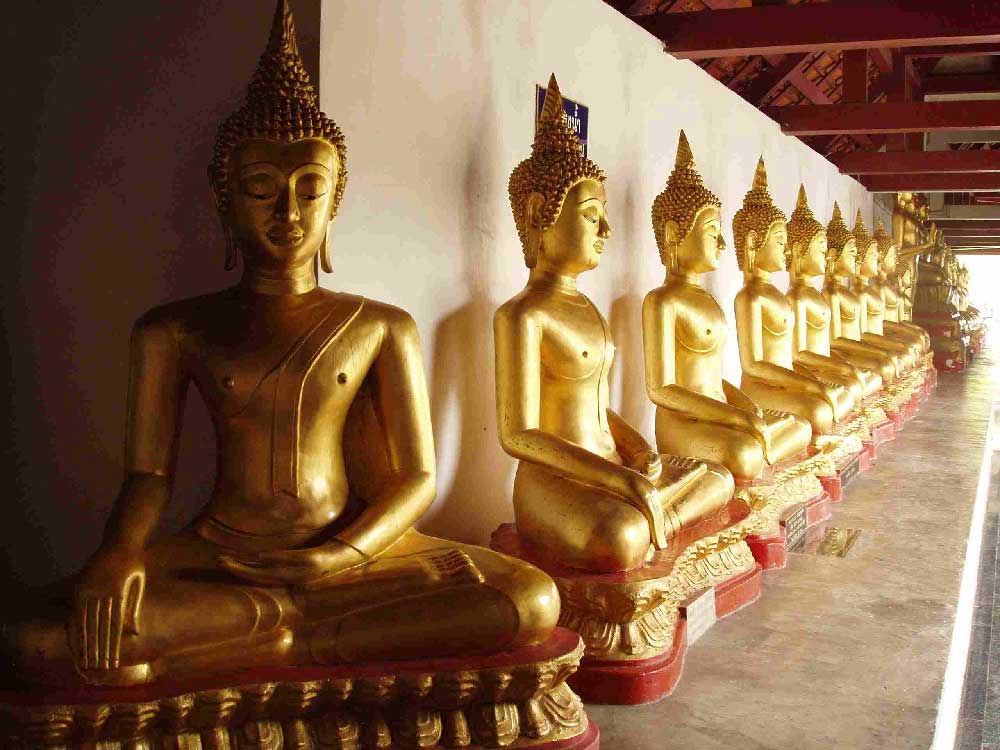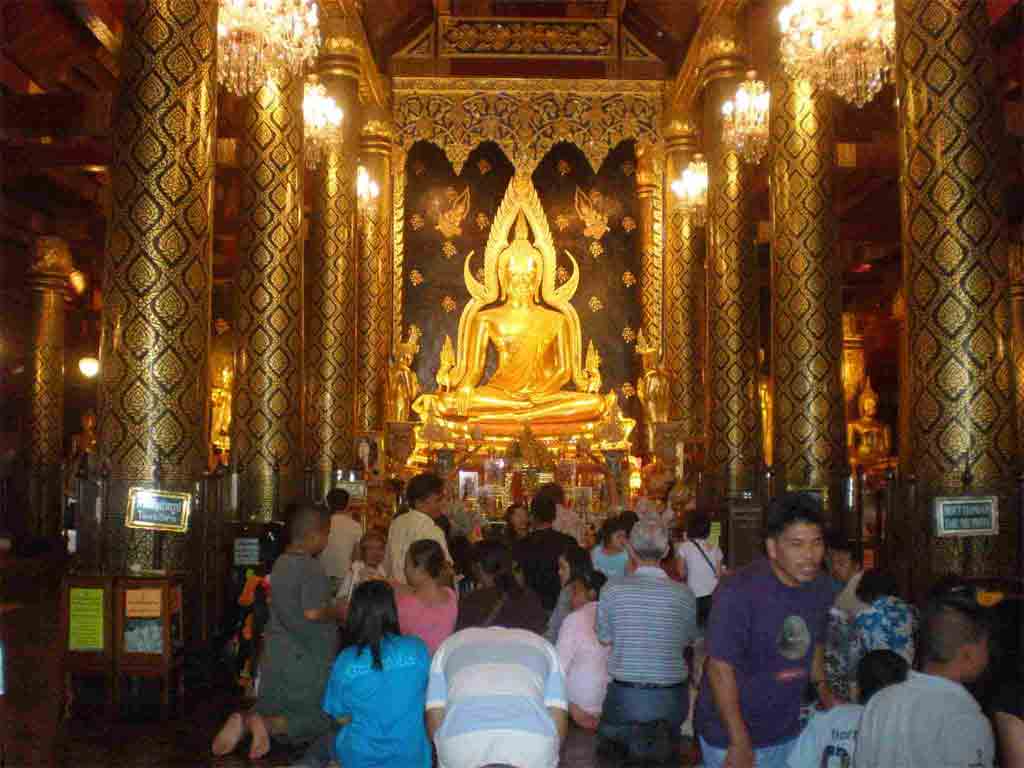It is difficult to picture the city of Bangkok as a riverside fruit orchard . Yet, This was how the city looked 400 years ago : a bang (village) of a few thatched houses among the kok (wild plum) trees growing along the banks of the Chao Phraya River. About three centuries ago, Bangkok was a duty port for tall ships bearing the car goes of the world. The ships would stop here for customer inspection on their way to the thai capital at Ayuttaya 76 km (48 miles) up the river.
Bangkok Becomes a City
By 1650, the town had grown. Among the thatched house were permanent dwellings occupied by Chinese merchants and court officials who were assigned to monitor river traffic. A pair of French-built, star-shaped fortresses served as sentinels at this gateway to the north. One sat just south of a small Buddhist temple called Wat Po , and the other on the opposite bank in thonburi, at the mouth of Bangkok Yai canal. Today, the latter's whitewashed, crenellated walls stand as a silent reminder of a former age.
In the 17th century, foreign meddling in its political affairs forced Thailand to close its doors to all Europeans for 150 years. Missionaries and a few merchants, however, prised Bangkok open in the 1830s, and by 1860, trade and amity treaties had been established with many European countries and North America.
The year 1767 was catastrophic for the Thais. Fabled Ayutthaya, which for 400 years had been one of the richest cities in the East, was overrun and torched by the Burmese. The remnants of the Thai army fled south to Thonburi, where they established a temporary capital. It served as a staging area for ceaseless battles with the Burmese, the Laotians and the Vietnamese, all of whom were determined to incorporate Thailand into their own empires.





No comments:
Post a Comment